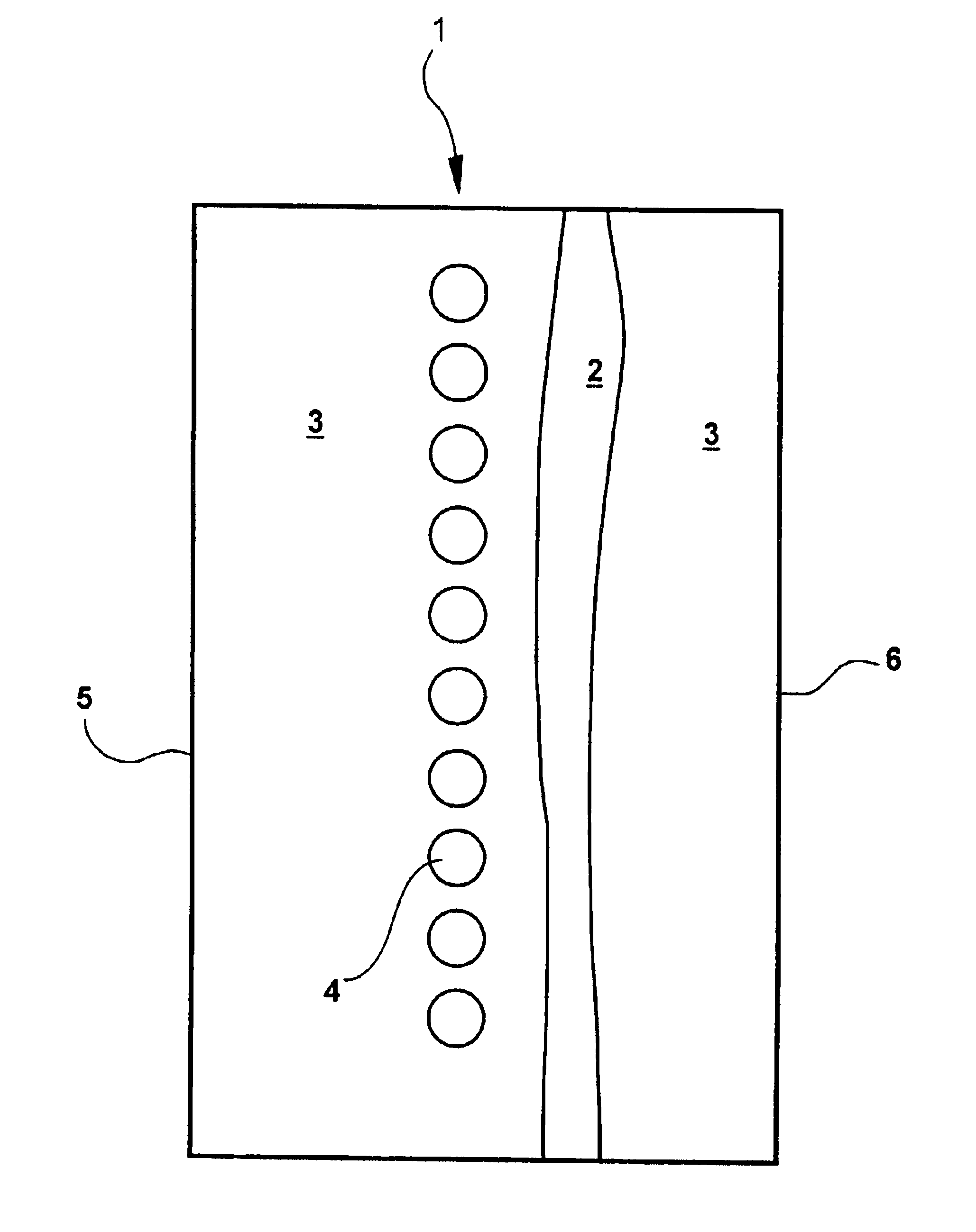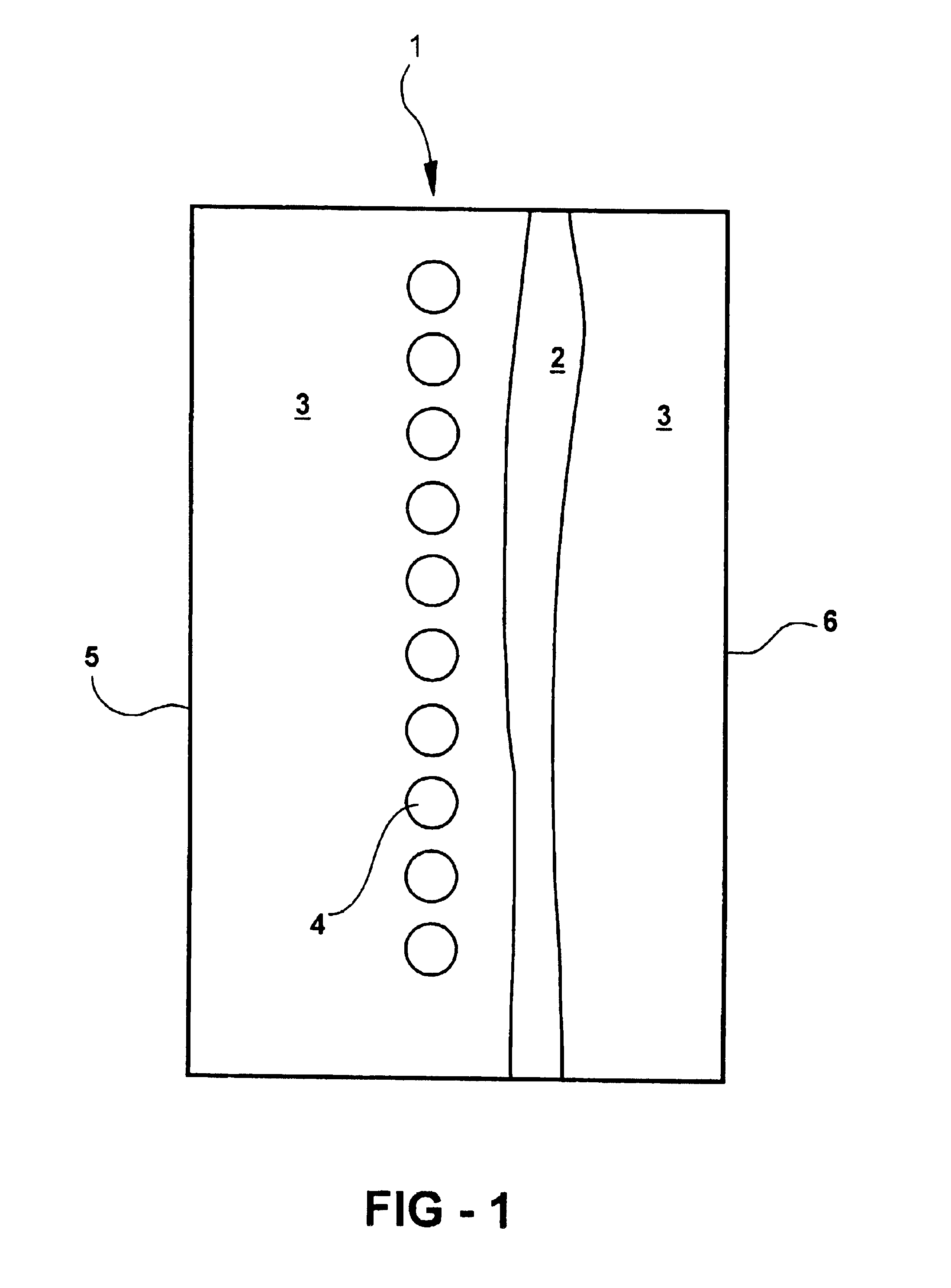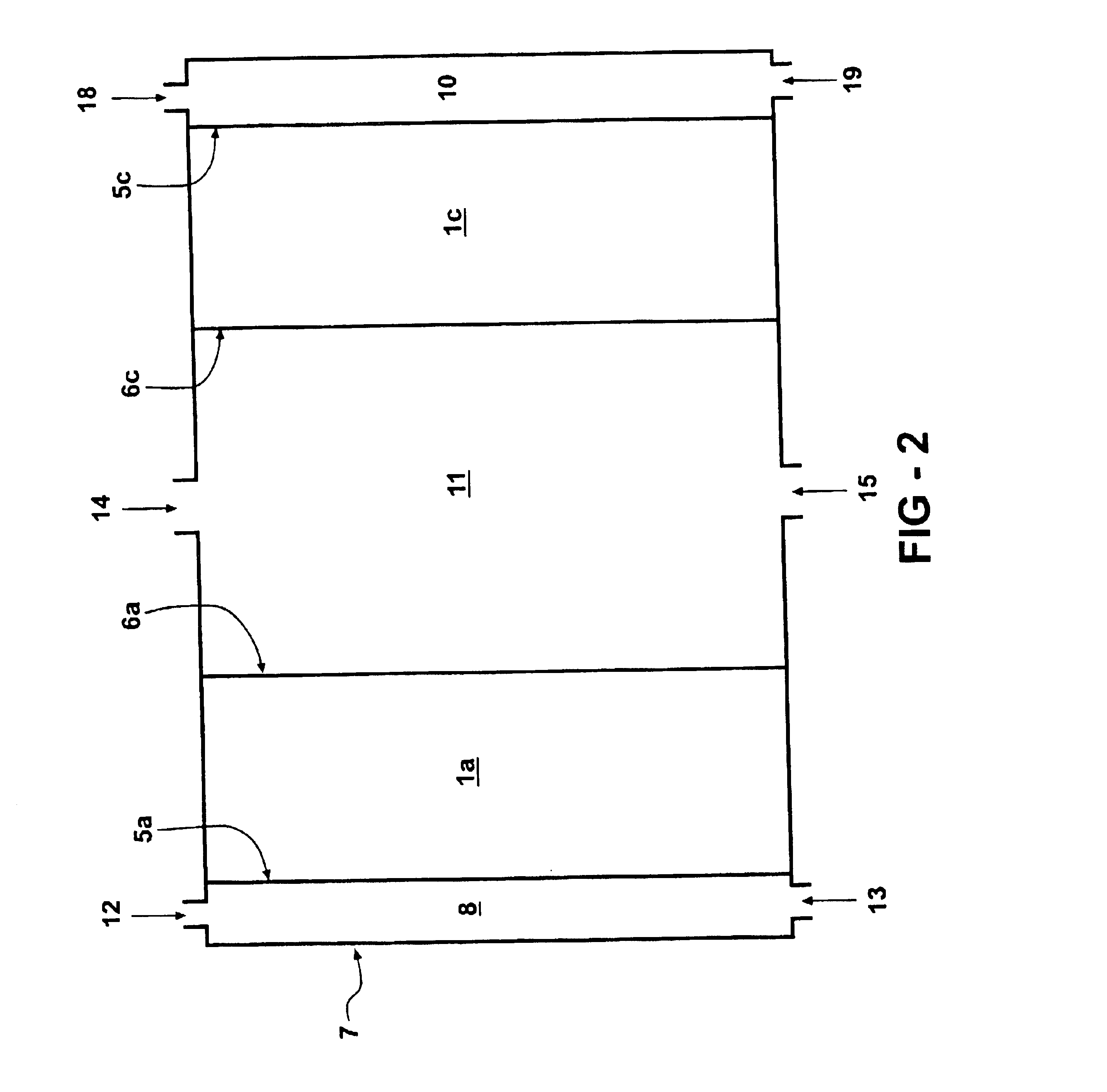Catalytic hydrogen storage composite material and fuel cell employing same
a hydrogen storage and composite material technology, applied in the field of composite hydrogen storage materials, can solve the problems of fluctuating energy costs, unstable economic stability, and constant global energy system movement, and achieve outstanding catalytic activity, excellent catalytic activity, and exceptional corrosion resistan
- Summary
- Abstract
- Description
- Claims
- Application Information
AI Technical Summary
Benefits of technology
Problems solved by technology
Method used
Image
Examples
example
An experiment was performed to prove the concept underlying the use of metal hydride storage materials within the anode of an alkaline fuel cell. It was not the intent of this experiment to obtain quantitative data but to show that the material works as predicted. A simple lab scale set up was used for this purpose. The fuel cell was assembled utilizing a commercially available Pt-based air electrode and pre-etched negative electrode (nickel, expanded metal substrate) with MF139.12 alloy (nominal composition 9.0 at. % Ti, 5.0 at. % V, 26.2 at. % Zr, 38.0 at. % Ni, 3.5 at.% Cr, 15.6 at. % Mn, 0.8 at. % Sn, 1.5 at. % Co, and 0.4 at. % Al). The anode and cathode were separated by a separator (non-woven polypropylene matte, surface grafted with hydrophillic materials, density 30 g / m2), soaked in KOH electrolyte (aqueous solution of 30 wt % KOH, 1.5 wt % LiOH) and finally placed into the test cell.
Tests were run with and without additional hydrogen flow into the anode. The anode (metal h...
PUM
| Property | Measurement | Unit |
|---|---|---|
| Percent by atom | aaaaa | aaaaa |
| Percent by atom | aaaaa | aaaaa |
| Percent by atom | aaaaa | aaaaa |
Abstract
Description
Claims
Application Information
 Login to View More
Login to View More - R&D
- Intellectual Property
- Life Sciences
- Materials
- Tech Scout
- Unparalleled Data Quality
- Higher Quality Content
- 60% Fewer Hallucinations
Browse by: Latest US Patents, China's latest patents, Technical Efficacy Thesaurus, Application Domain, Technology Topic, Popular Technical Reports.
© 2025 PatSnap. All rights reserved.Legal|Privacy policy|Modern Slavery Act Transparency Statement|Sitemap|About US| Contact US: help@patsnap.com



